Fifty years ago this week, a change was made in hockey that will never be reversed: the goalie mask.
It is difficult to imagine that time in the game’s history, before masked marvels were in every hockey net across the country, but that is exactly how the game was played.
Hockey goalies stood in net, their faces exposed to that frozen rubber puck, believing in bare-faced tradition. So often, their faces would be smashed in and torn open by a flying puck, or an errant stick, and they would wait for a whistle, be stitched up on the bench, and then go back out and play, because teams only carried one goaltender. This was an era of the toughest men in modern history.
Look up a photo of Terry Sawchuk’s face, and you can see what I’m talking about.
Fifty years ago, that changed for the first time. Jacques Plante, goalie for the Montreal Canadiens and future Hall of Famer, like a handful of other goalies, began wearing masks in practice, to avoid needless injuries outside of games. He wore a Plexiglas model that dangled in front of his face from a headband. But he would go barefaced in games like the rest of the sport.
This was not unprecedented. Goalie masks have a pre-Plante history, though not much of one. Clint Benedict of the Montreal Maroons wore the first mask in professional hockey was worn by in 1930. The mask was nothing more than a crude leather contraption meant to protect a badly broken nose. He only wore it for five games, putting him in the history books as the first NHL goalie to wear a mask (though an ESPN Trivia Game got that wrong), but he did not keep it.
The next chapter in this story would not come until Nov. 1, 1959, when Plante took a puck to the face from Rangers forward Andy Bathgate. His face ripped wide open, a gaping gash on his cheek that most likely bruised bone as well. He went into the locker room to receive seven stitches, but he gave Coach Toe Blake an ultimatum – to play with a mask or not at all.
Blake was appalled. He allowed Plante to use a mask in practice, but he believed it would obstruct sight lines, hamper vision and head movement, and show weakness to the other team.
Blake later said he thought Plante had lost his nerve, and his career would soon be over. Alas, he relented; there was nobody else to go in.
Plante would return to the ice, wearing a bone-colored fiberglass shell, with eye holes and a square opening from which to breathe.
Lucky for all goalies after him, he won the game 3-1. He knew that he had to keep winning to keep the mask, and the Canadiens would go the next ten games unbeaten. He would go on to win his fifth consecutive Vezina Trophy, awarded to the best goalie in the league.
He would keep the mask for the rest of his career, and others would join him. The second goalie to adopt the mask would be Don Simmons, who you might know for Simmons goalie equipment. It was by no means a quick sell, however.
Rangers General Manager Muzz Patrick said, following some marketing jargon, “Fans want to see men, mot masks … They rob the players of their individuality.”
Other goalies would continue bare-faced tradition simply because they wanted to. Lorne “Gump” Worsely, future Hall of Famer, continued maskless for all but the last year of his career. Unlike Plante, he played on some of the worst teams in the league and got constantly peppered with shots.
Worsely talked of an unspoken code among hockey players regarding bare faces. He said once that while he was sprawling on his back, the puck landed right on his face. Gordie Howe was standing above him and could have scored, ripping open Gump’s face in the process. Howe stopped and allowed Gump to cover the puck in an act of true sportsmanship. Howe would make up for it by scoring a few minutes later.
Worsely was by no means alone. The rest of the league would continue without masks for years. They would not catch on until a Chicago Black Hawks (that’s not a typo, the team didn’t merge the words officially until 1986) forward named Bobby Hull joined the league. He was a master of the new art of the slap shot.
The slap shot was invented in the 1950s by Bernie “Boom Boom” Geoffrion of the Montreal Canadiens. He earned that nickname because of the boom of the stick hitting the puck, and the puck hitting off the boards behind the net. Needless to say, a slap shot with a flat wooden stick was not a particularly good idea.
It wasn’t until a stick got caught under the door of the Black Hawks locker room, that the problem would be solved. The blade became curved, and as a joke, Hull and Stan Mikita used the stick in practice. It caused extraordinary lift and accuracy improvements, and would soon become permanent parts of the team.
Hull, with his “banana blade” stick and his lifetime of honest-to-goodness farm work, became deadly with the slap shot. His shot was clocked, and no, this is not an error, at 118.3 miles per hour, a number that seems unfathomable today (the modern NHL record is Zdeno Chara’s 105.4mph shot).
Goalies began adopting the mask out of self-defense. The puck was rising above the waist on every shot, and speeds had increased beyond what the game had ever seen. Masks would become widespread. There would, however, be a few holdouts, and the last goalie to go bare-faced would be Andy Brown of the Pittsburgh Penguins in 1974.
Masks would take two forms: the solid fiberglass plate masks made famous by the Jason movies, and pretzel-styles used most famously by Ken Dryden in his early years. The pretzel style would evolve into a metal cage, put together first by Tony Esposito with a cage atop the plate mask.
Slowly, a simple cage surrounded by fiberglass into something resembling the modern mask would emerge. The earliest adopter of this mask seems to be Jim Carey of the Minnesota North Stars.
Today, the mask is a piece of goalie equipment that nobody would dare go without. Pucks are shot so hard and so fast that a goalie could easily be killed by a hit to the head. It’s hard to believe that no NHL goalie ever has died from injuries, ever.
In fact, when a goalie loses his mask, play stops instantly. Players in juniors and NCAA wear cages on their helmets, just one step away from the masks.
Every player who has ever had a single contact to the cage, and every goalie who has played in the past few decades owes their faces and perhaps their lives to Jacques Plante and the daring stunt he pulled. By daring to be different and break the rules, he made history and made a change that will forever affect hockey.

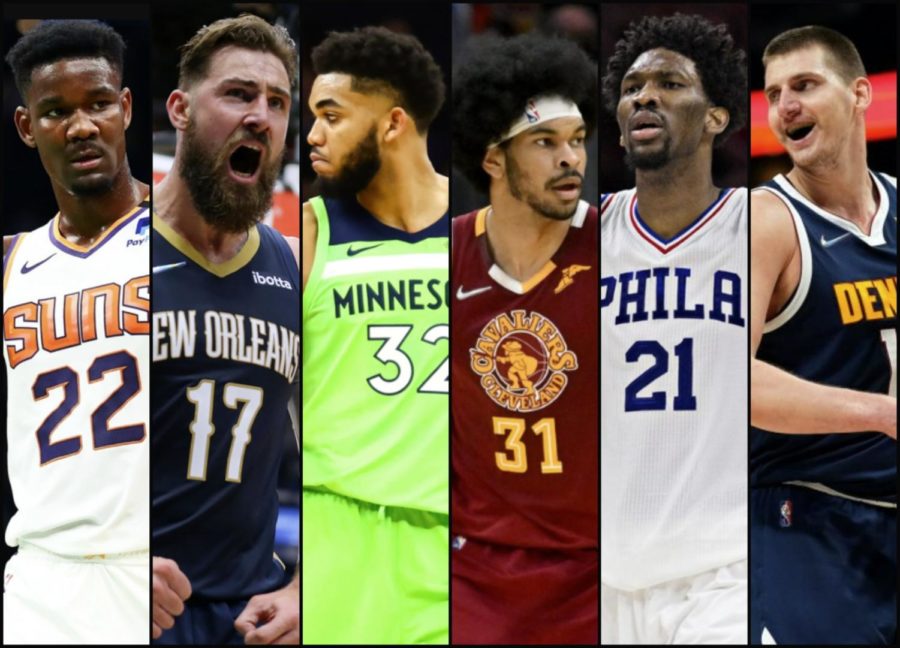

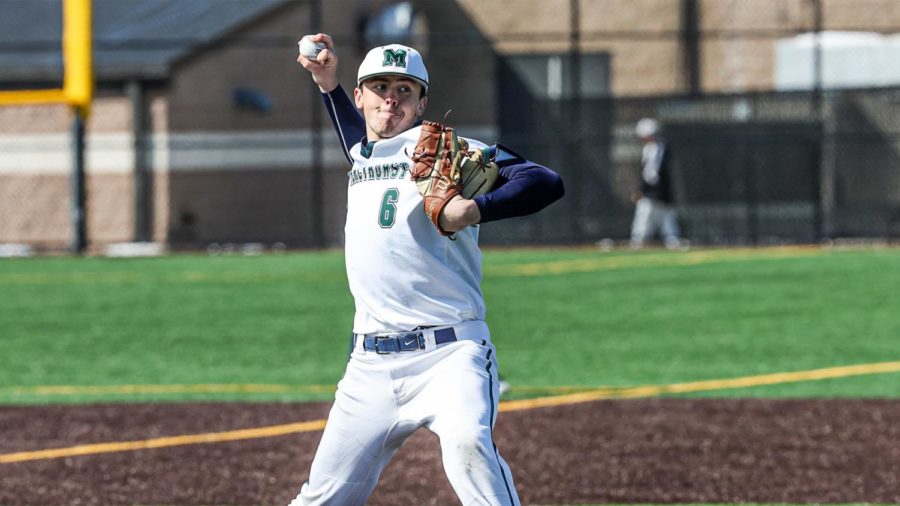
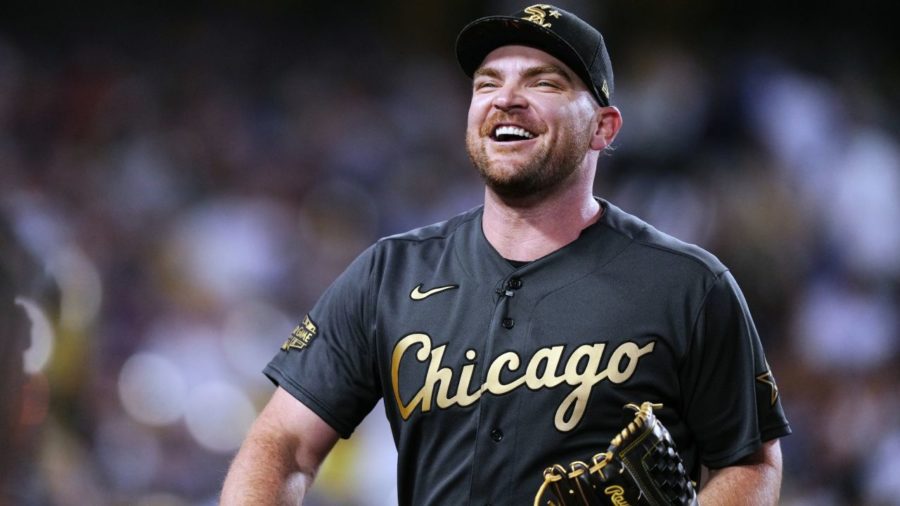
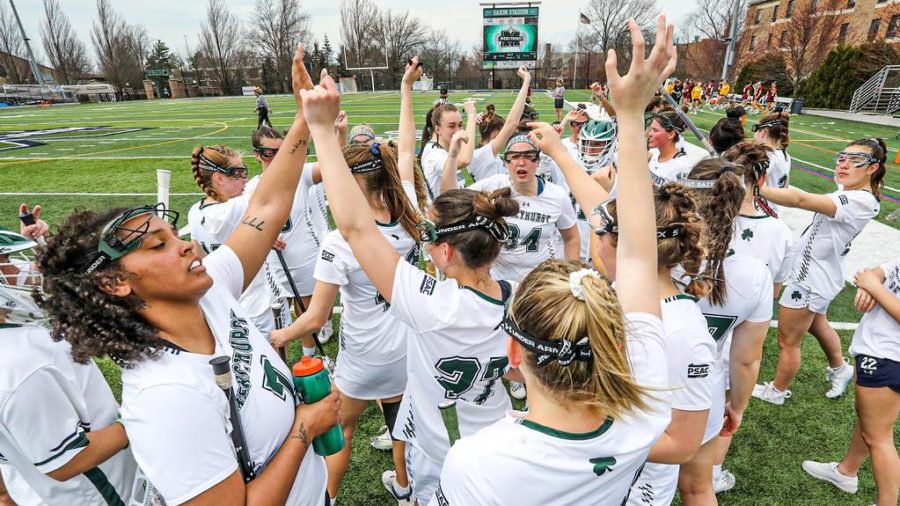
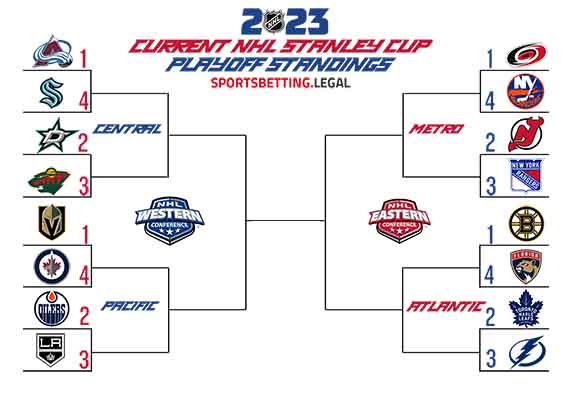
Devon Swanson • Nov 5, 2009 at 4:20 am
http://www.youtube.com/watch?v=BzVa_sk81SU
Stripes weren’t paying attention on this one